Ascending Triangle Pattern
Explore the Ascending Triangle Pattern with our comprehensive guide. Learn about its definition, key components, trading strategies, and essential tips for effective trading.
The Ascending Triangle Pattern is a crucial tool in technical analysis, known for its potential to signal upward price movements. This article breaks down what the Ascending Triangle Pattern is, its essential components, and how to trade it effectively. Additionally, you'll find valuable tips for trading Ascending Triangles to improve your strategies and decision-making in the market.
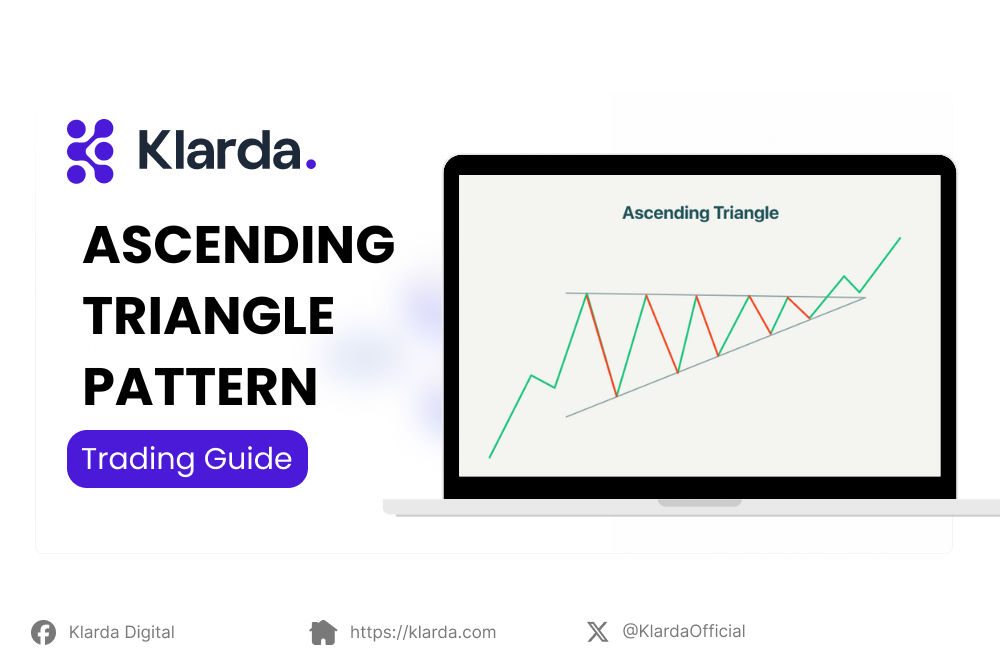
KEY TAKEAWAYS
- The Ascending Triangle Pattern is a bullish continuation pattern that indicates a possible price breakout.
- It features a horizontal resistance line and an upward-sloping trendline, forming a triangle shape.
- Look for breakouts above the resistance line and use well-defined stop-loss and take-profit levels.
- Pay attention to volume trends, confirm breakouts with other indicators, and maintain a disciplined trading approach.
WHAT IS THE ASCENDING TRIANGLE PATTERN ?
The Ascending Triangle Pattern is a technical chart formation characterized by a horizontal resistance level and rising trendline. This pattern forms when the price of an asset repeatedly tests the same resistance level while creating progressively higher lows. The resistance level creates a flat upper boundary, while the higher lows form an upward-sloping line. This setup suggests a potential bullish breakout when the price eventually surpasses the resistance level, typically at the point where the ascending trendline intersects the horizontal resistance.
The pattern often emerges in the context of a strong uptrend and signifies accumulation in the asset. Despite the repeated tests of the resistance, the upward pressure gradually builds as buyers continue to push the price higher on each dip. As buying interest intensifies, the asset eventually breaks through the resistance level, indicating a likely continuation of the uptrend.
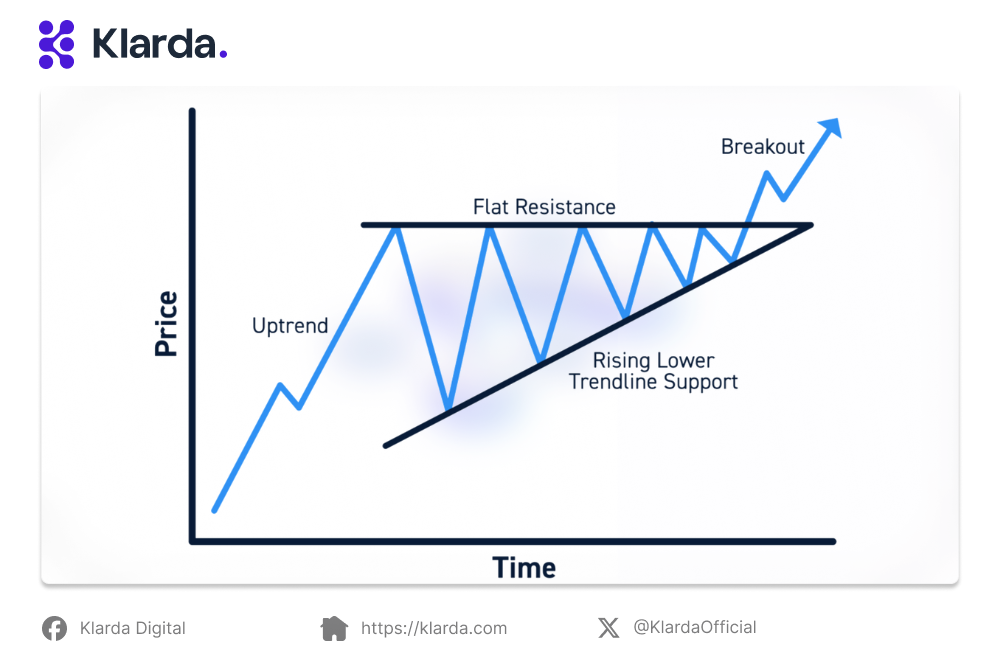
COMPONENTS OF AN ASCENDING TRIANGLE
- Preceding Uptrend: An ascending triangle usually forms after a significant uptrend, indicating a continuation of the bullish trend. It appears after notable price gains and an approach to a resistance level.
- Resistance Area: The resistance area is the horizontal upper boundary of the pattern. For the pattern to be valid, this resistance level must be tested multiple times without breaking, signaling strength.
- Ascending Lows: The pattern involves higher lows, forming an upward-sloping trendline. Each low is higher than the previous one, indicating increasing buying pressure.
- Breakout: The pattern completes with a bullish breakout above the resistance level, ideally on higher volume. The expected price move is the distance between the resistance and the lowest point at the pattern's start.
HOW TO TRADE AN ASCENDING TRIANGLE?
Step 1 - Identify the Pattern Formation: Look for a stock that has experienced a strong uptrend and is now trading sideways. The pattern will feature a clear horizontal resistance level and a trendline connecting higher lows.
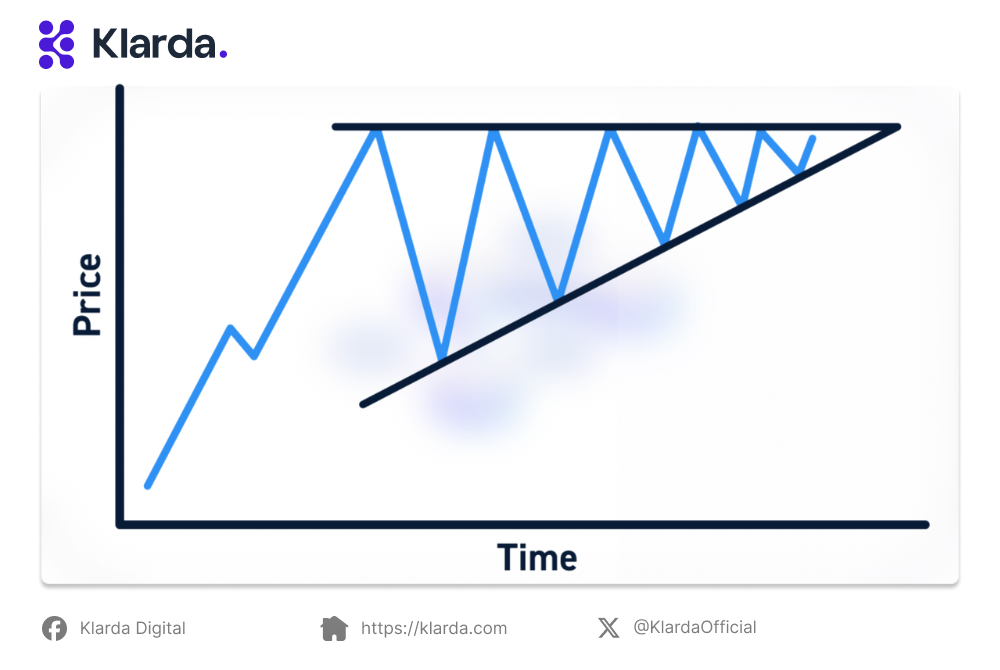
Step 2 - Wait for the Breakout: Ascend triangles may take weeks to form. Each test of the resistance level might lead to a breakout, but watch out for false signals. A genuine breakout is usually marked by increased trading volume, especially as the trendline approaches the resistance.
Step 3 - Enter a Trade: Once the breakout above the resistance level is confirmed, enter a bullish trade.
Step 4 - Exit the Trade: The potential price move is determined by measuring the distance between the resistance level and the lowest low at the pattern’s start. Add this distance to the resistance level to set your profit target.
Place a stop loss slightly below the resistance, which will now act as support. A minor dip below the resistance line may occur, but a significant drop could indicate a failed breakout.
TIPS FOR TRADING ASCENDING TRIANGLES
-
Consider the Preceding Trend: Ensure the ascending triangle forms after a strong uptrend rather than sideways movement. This pattern is most effective when it follows a clear upward trend.
-
Be Patient for Confirmation: Wait for a confirmed breakout with high trading volume before entering a trade. Avoid jumping in prematurely to avoid the risk of a false breakout. Strong breakouts are typically supported by increased volume.
-
Watch the Pattern Progression: The likelihood of a successful breakout increases as the pattern develops. A more robust breakout is possible if the resistance level has been tested multiple times during the formation of the ascending triangle.
-
Always Use a Stop Loss: Place a stop loss below the resistance level to protect against potential failures. Even with high volume, a breakout might fail, leading to either a continuation of the pattern or a reversal.
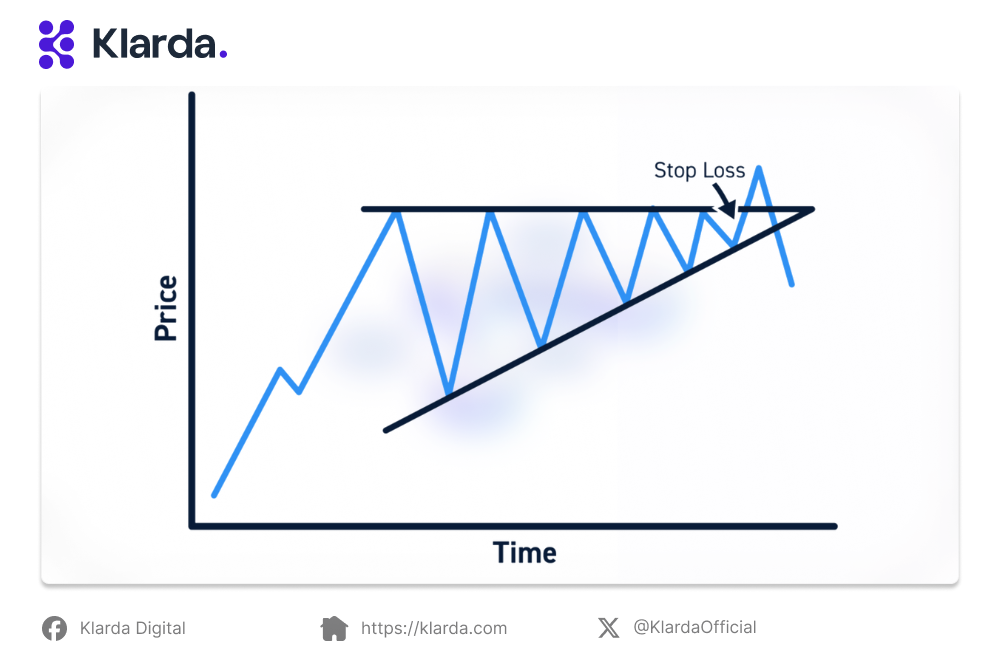
With Klarda, you can easily track price movements, detect potential breakouts, and make informed trading decisions.
Explore our comprehensive suite of trading tools and enhance your strategy with precise and actionable insights.
Whether you're a seasoned trader or just starting, Klarda equips you with everything you need to master the Ascending Triangle Pattern and optimize your trading performance.
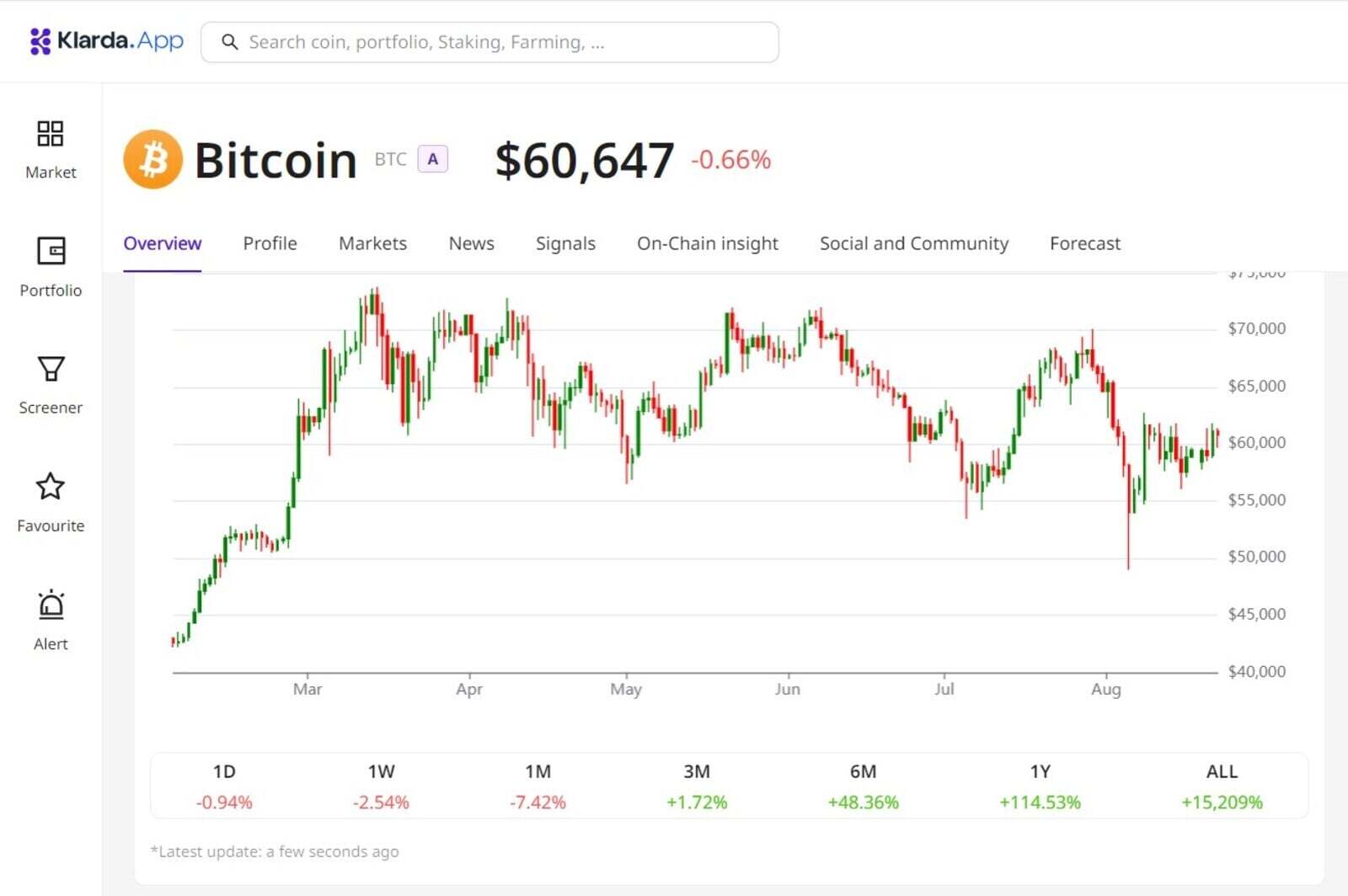
Conclusion:
Understanding and utilizing the Ascending Triangle Pattern can significantly enhance your trading strategy by identifying potential breakout opportunities. By grasping its components and following effective trading practices, you can make more informed decisions and improve your market performance. Apply the tips provided to refine your approach and stay ahead in your trading endeavors.
Updated 7 months ago